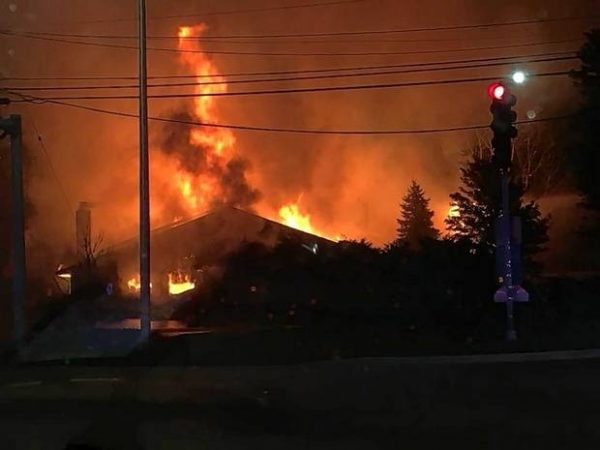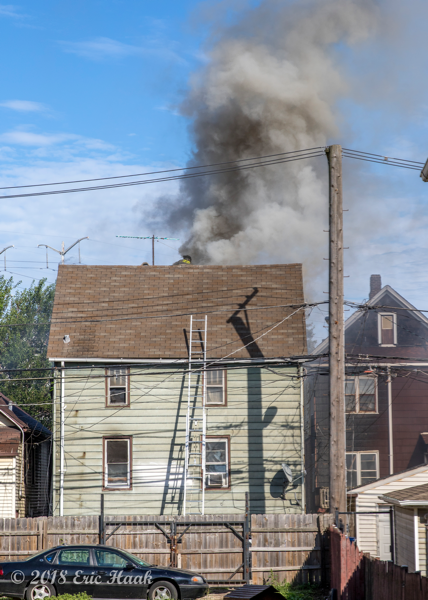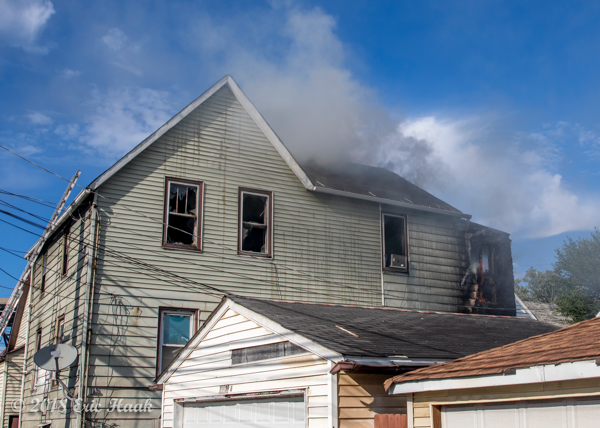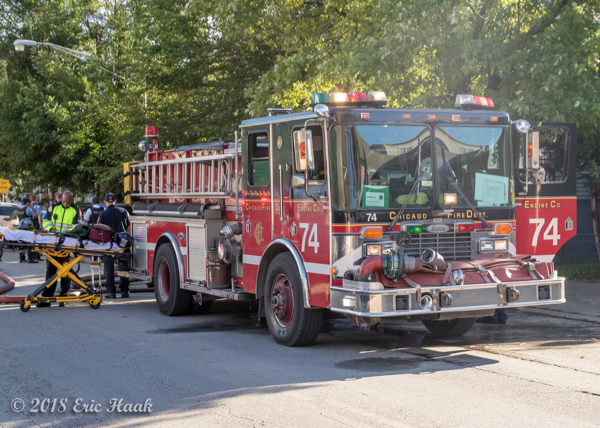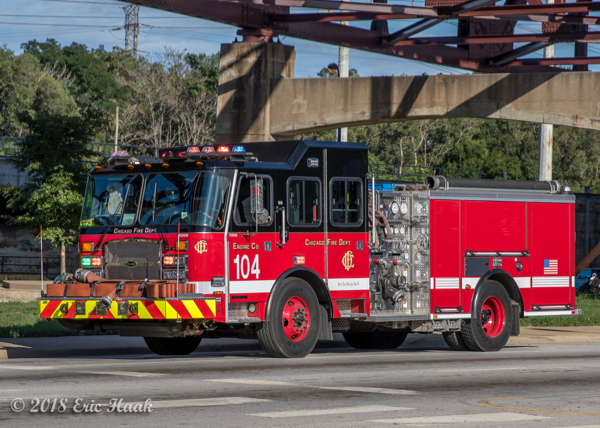Excerpts from newsroom.heart.org:
- The majority of firefighters who died from cardiac arrest had autopsy confirmed evidence of coronary artery disease, or narrowing of the arteries, and structural abnormalities, including an enlarged heart and increased wall thickness of the primary chamber for pumping blood, or left ventricle.
- Among cardiac fatalities, coronary artery disease, an enlarged heart, increased wall thickness and prior heart attack were strong, independent predictors of death in this study.
- Firefighters face many dangers, but the greatest risk is from a cardiac event in individuals who have underlying cardiovascular disease.
Firefighters who died from cardiac arrest were much more likely than those who died of other causes to show signs of both atherosclerotic and hypertensive heart disease at autopsy, according to new research in Journal of the American Heart Association, the Open Access Journal of the American Heart Association/American Stroke Association.
Among firefighters, more job-related deaths stem from cardiac arrest than from any other cause. To understand which heart diseases affect firefighters who die of cardiac arrest, this study looked at autopsy reports for firefighters who had died in the line of duty. Results showed that the most common diseases were narrowed arteries, or coronary artery disease, and structural abnormalities. These abnormalities included an enlarged heart (cardiomegaly) and increased wall thickness (hypertrophy) of the heart’s primary chamber for pumping blood, or left ventricle.
In terms of specific risks, narrowing of the arteries, enlarged heart and prior heart attack all were all independently associated with a greatly increased likelihood of death from cardiac arrest than firefighters who died of other causes. Similarly, firefighters who had a prior heart attack were 6 times more likely to have a duty-related death.
The researchers looked at autopsy records for U.S. male firefighters who died on duty between 1999 and 2014. Of 627 total deaths, 276 resulted from cardiac arrest and 351 from trauma. At the time of death, the firefighters were between 18 and 65 years old.
In the United States, approximately 1 in 7 people will die of sudden cardiac arrest. The life-threatening condition occurs when the heart’s electrical system stops working properly. Symptoms include unresponsiveness and gasping for air or not breathing. Immediate medical treatment is critical, including CPR and calling 9-1-1.
Cardiac arrest differs from a heart attack, which occurs when a blockage prevents blood flow to the heart, although heart attack and other heart conditions can cause cardiac arrest. Since cardiac arrest often is the first sign of underlying heart disease, screening and treatment for common heart diseases are critical.
Several limitations could have affected the study’s results. Among these limitations were differences in autopsy descriptions of heart disease, the use of a cut-off weight for an enlarged heart, and lack of information about other risk factors such as smoking and high blood pressure.
To control risk factors, the American Heart Association recommends lifestyle changes known as Life’s Simple 7®: manage blood pressure, control cholesterol, reduce blood sugar, get active, eat better, lose weight and stop smoking.
